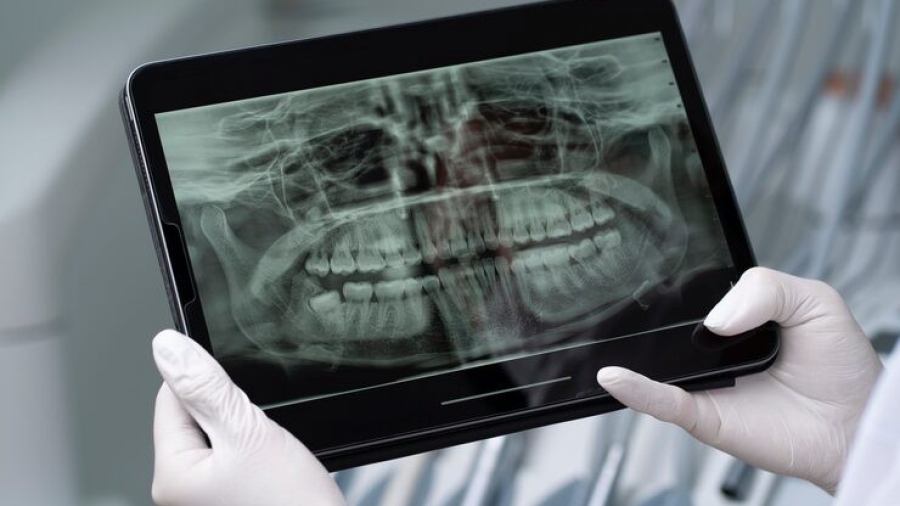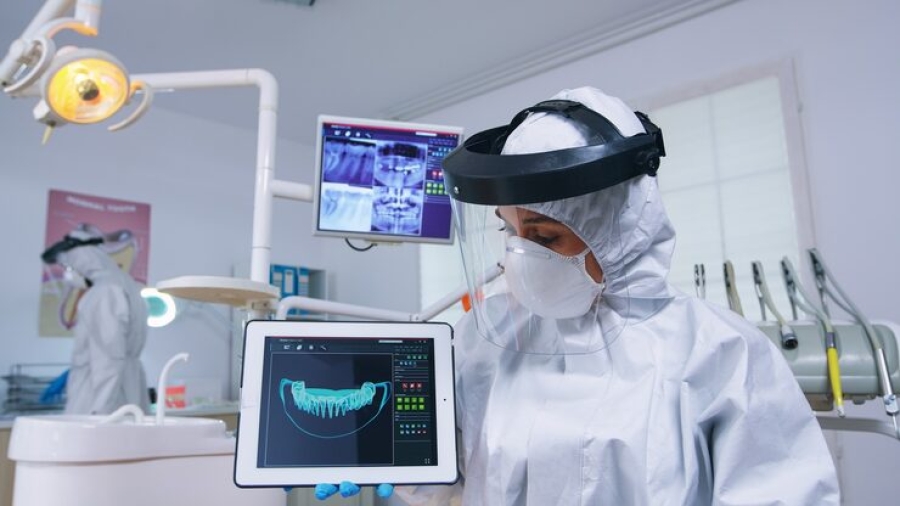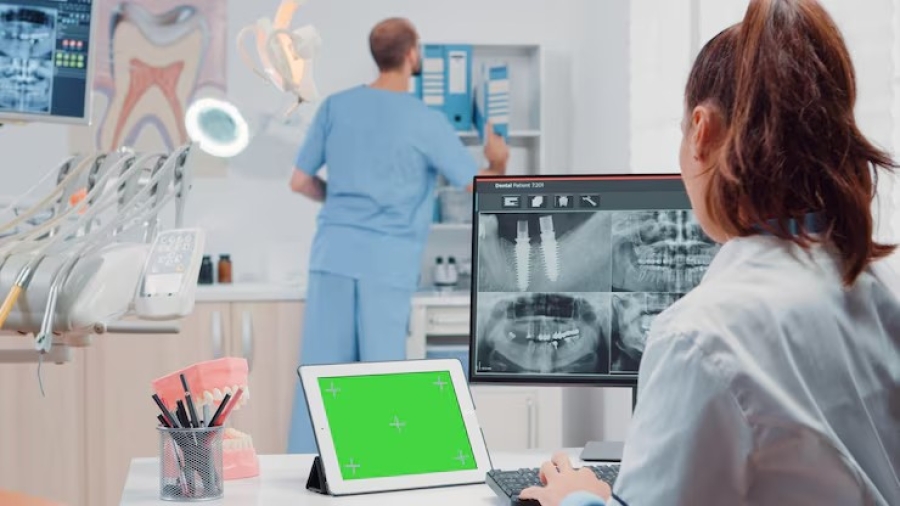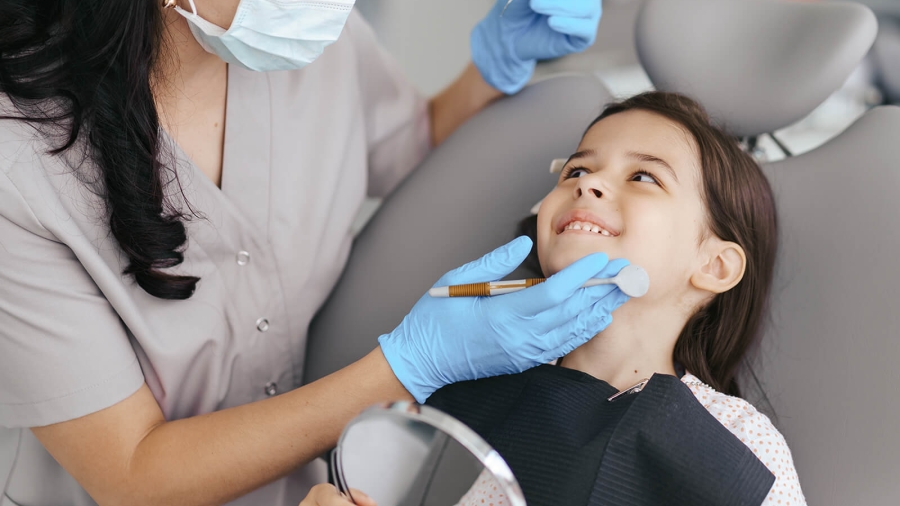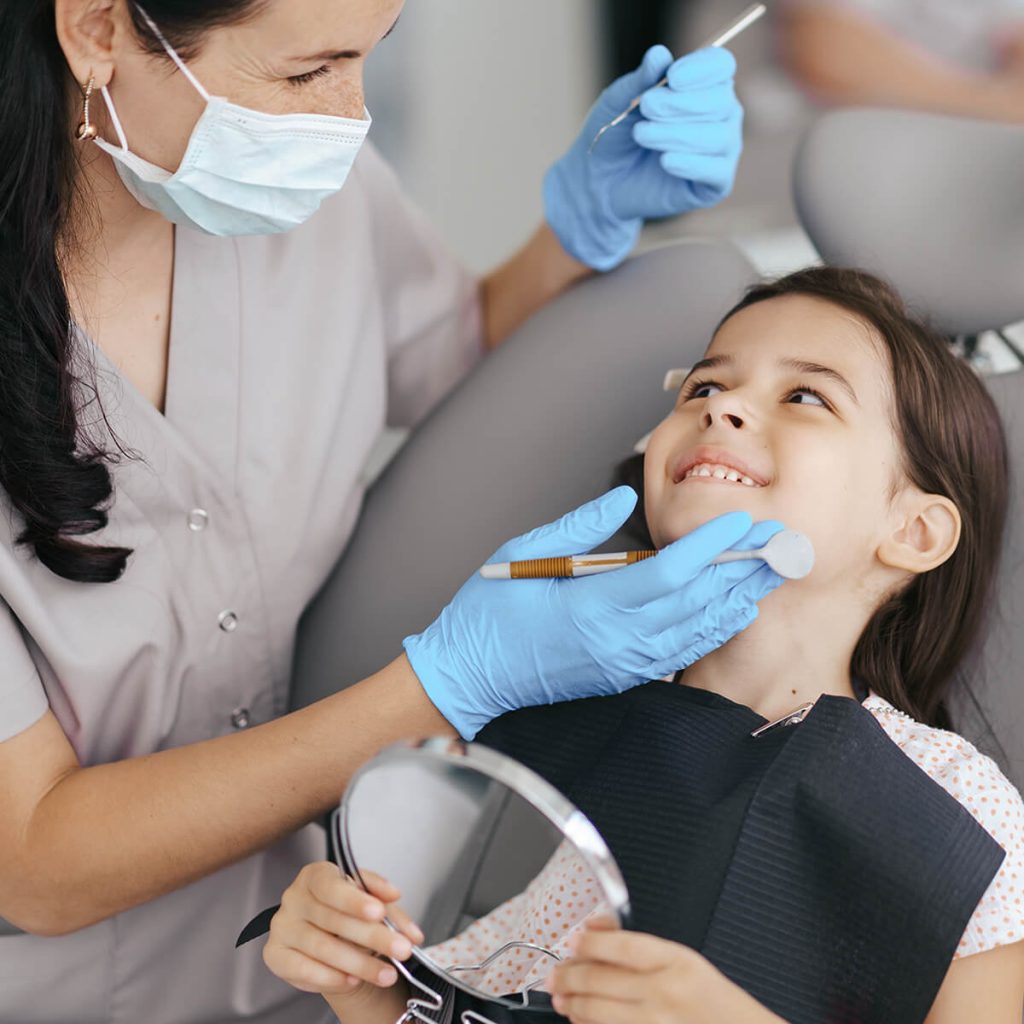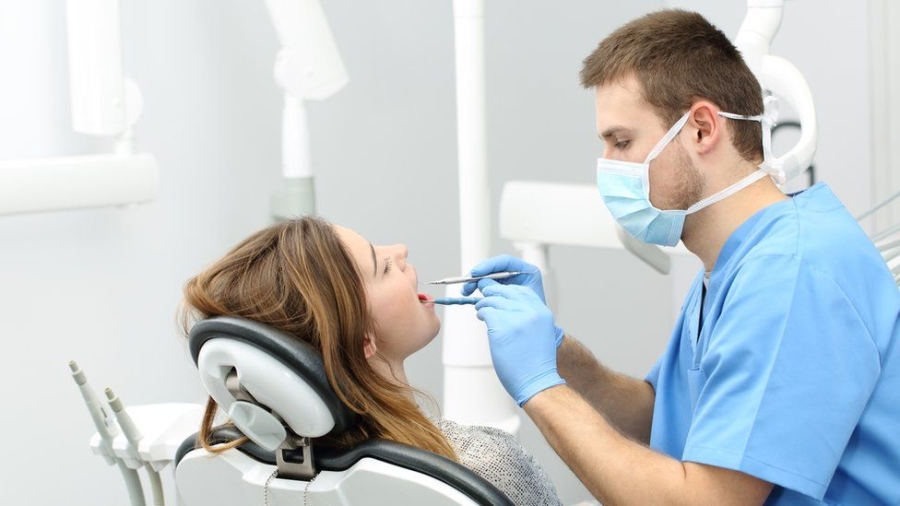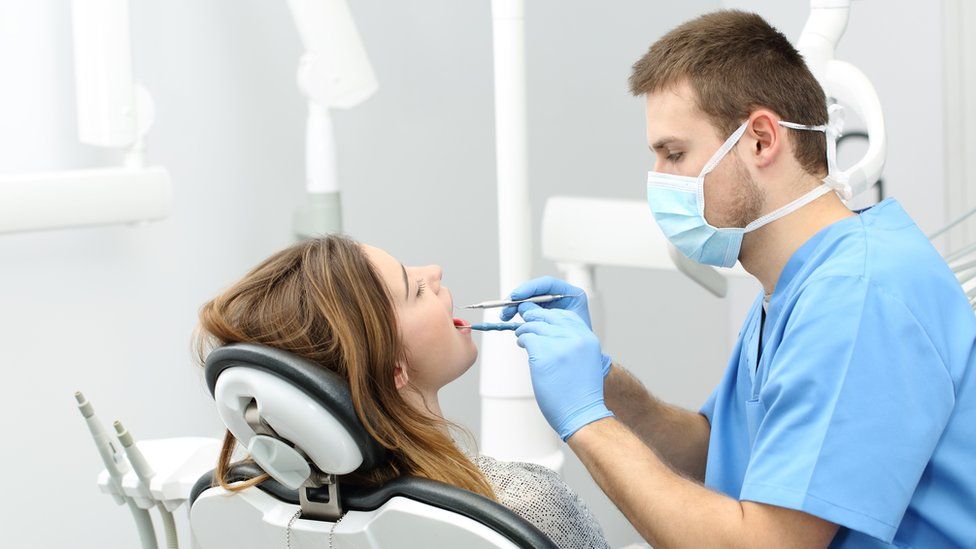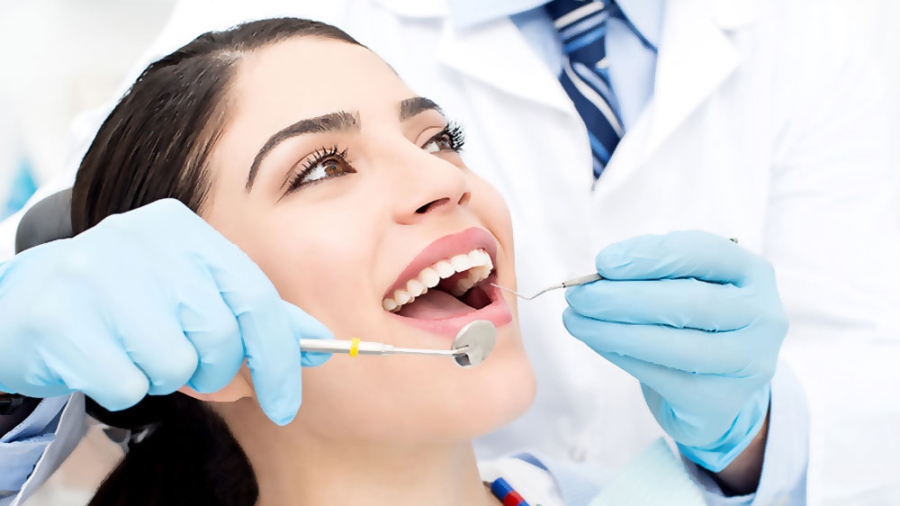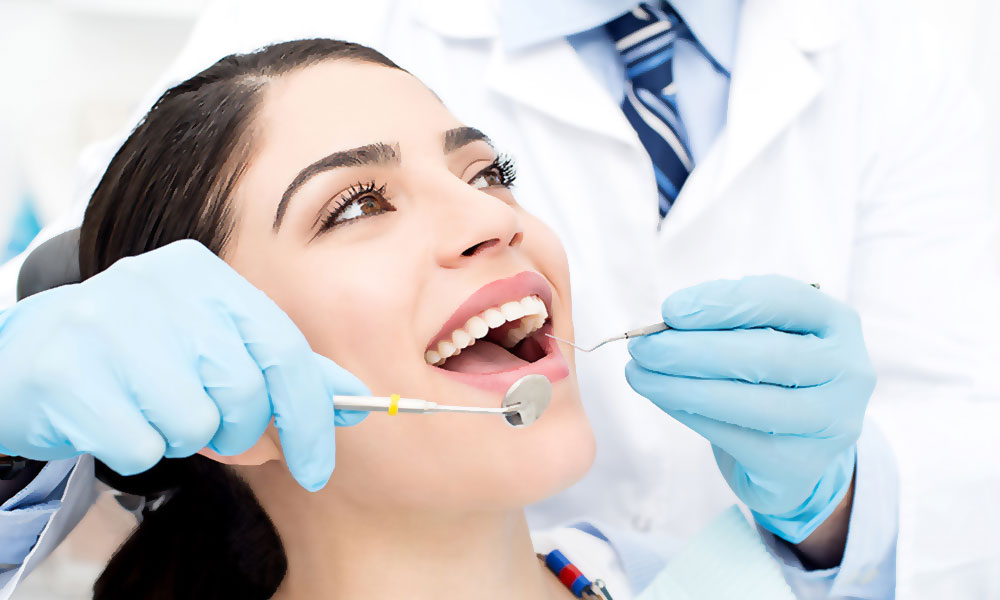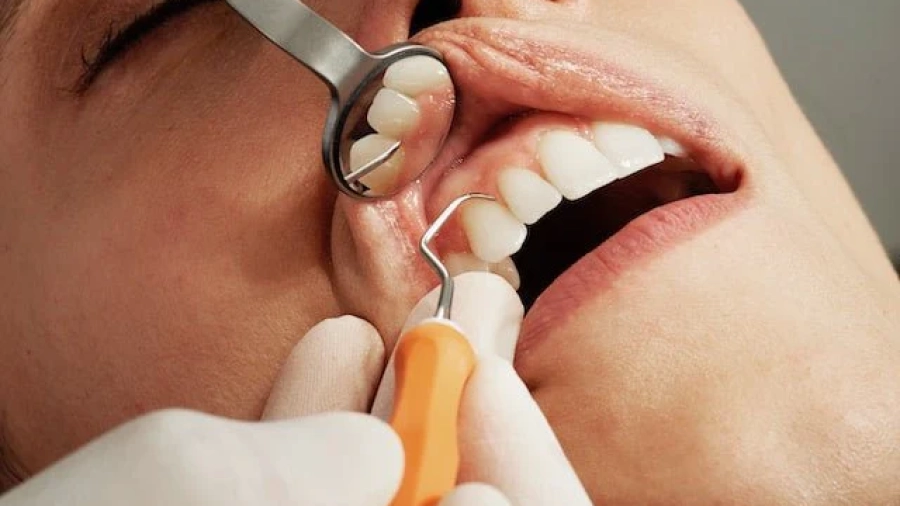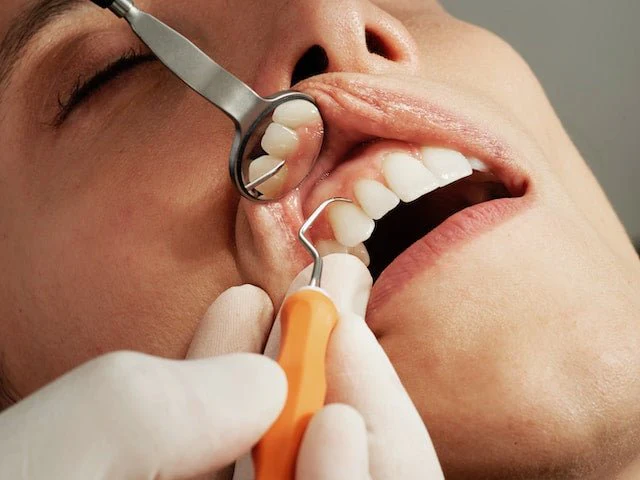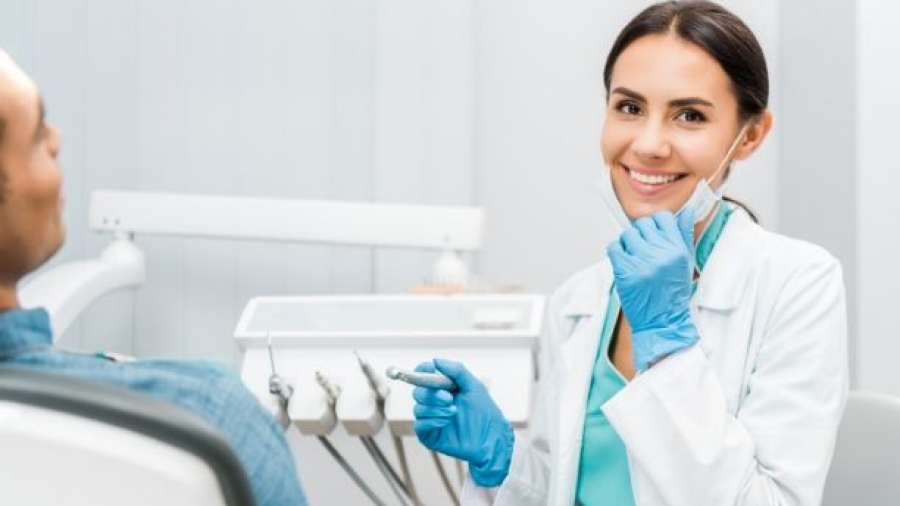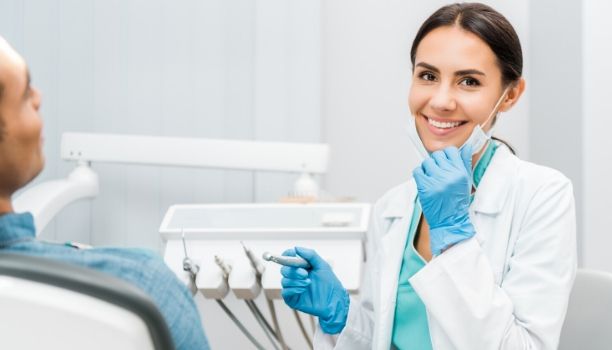The orthodontic technology is changing the face of the world tremendously. Traditional techniques usually make use of subjective evaluation and manual measurements, which are likely to be susceptible to human error. Another new wave of computer-aided orthodontics is a reality that provides a new level of accuracy and efficiency. This change is transforming the landscape of what can be done in patient care and practice management. DenRoboTrack leads the pack in this trend, and it has a new standard of dental diagnostic tools that simplifies the process and ensures better results for clinics all over.
Unlocking the Power of Digital Imaging in Dentistry
The DenRoboTrack device is a good demonstration of how digital imaging in the dentistry field is raising a new standard of accuracy in dental treatment precision. It is shifting away the subjective, manual observations and bringing an objective, data-driven approach. The device is based on the use of a computer program and an imaging system to record changes in the teeth and face. It is a strategic step that will equip professionals with the means to deliver a more advanced level of care.
Precise Orthodontic Measurement
The DenRoboTrack device is designed to measure, monitor, and control each step of treatment. It uses a U-shaped gauge, a camera, and lasers to ensure a high level of orthodontic measurement. The technology enables the doctors to evaluate the progress of the treatment accurately with the help of comparative data from the previous assessment. The accuracy of the device gives a new benchmark to the industry.
A Solution for Inconsistencies
Traditional methods for tracking patient progress leave room for human error. One example of a process that can be inconsistent is calculating tooth gaps with the help of calipers. It is necessary to have a unified, electronic tool to eliminate these discrepancies and offer a dependable solution to clinics. The DenRoboTrack gadget was created to solve this issue.
Moving Beyond Manual Methods
The changes in the teeth and face of a patient are usually perceived by professionals with the help of their eyes and experience. This practice complicates the objective documentation in the insurance companies or in data-driven decision-making. The device removes this inconsistency with a data-driven approach that is more reliable.
Capturing the Treatment Journey
The software captures clear Digital Imaging in Dentistry modifications on the denture and facial arrangement of a patient and delivers the information in diagrams and 2D/3D visual representations that are easily understandable. This not only provides the professionals objective perspective on treatment progress, but also makes the challenging process of documentation easy.
The Future of Patient Care and Technology
The future of dental health is digital, and more sophisticated devices will be demanded with more accuracy and efficiency over the current manual devices. Dentists are seeking something that will not just offer them a short-term solution, but rather a brand that will be a long-term relationship. DenRoboTrack believes in delivering solutions that will form an aspect of the everyday lives of dental professionals.
The Key to Personalized Care
Each patient has a fingerprint feature on the device. This feature learns how to automatically adjust the device and keep the personal records. An individualized and smooth experience is achieved. This feature simplifies handling patients and enhances a more efficient workflow in clinics.
An Innovation with a Clear Advantage
DenRoboTrack is a first-of-its-kind innovation. It has been given an international patent, which gives the company the needed protection and prevents copying of the model by potential competitors. The special value proposition in the device gives it a decent competitive edge in the market.
Filling a Market Gap
The principal reason why this business will be started is due to the necessity to fill a void in the computer-aided Orthodontics and customized tracking of orthodontic treatment. The device offers a universal instrument to quantify, track, and command every movement of the treatment procedure. It also gives documentation on every step.
Closing Thoughts
The price is never the only issue in making the decision on whether to invest in new technology or stay away from any risks. It concerns a certain payback on dental that enhances the clinic’s functioning and client service. DenRoboTrack can be used to provide a solution that is in line with the fast orthodontic market growth and assists dental practices in reaching a new stage. Digitization of patient records and the availability of accurate data in the device a major factor that facilitates efficiency in dental practice.
Conclusion
An effective dental technology investment is essential in a clinic that wants to excel in a flourishing market. The DenRoboTrack device is the best way to become profitable through the simplification of processes and objective data. It is an effective means that provides great economic benefits of orthodontics and makes clinics the leaders in a digital world. The device is a key component of a modern, profitable practice.

